Pop Life: Art in a Material World at Tate Modern
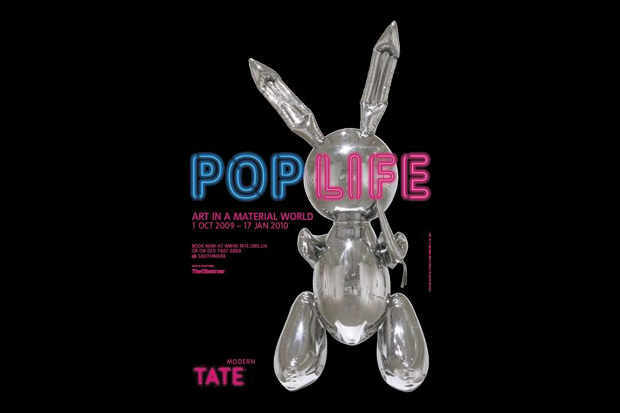
This was a great exhibition. It is essentially about artists who mixed fame and the desire for fame and money with their art. These artists sought out as much publicity as they could and said ‘Balls! I love publicity and money’ to all the purists and critics who claimed they were selling out.
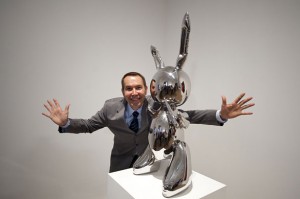
The first room is like a tester or a sample. It contains Jeff Koons’ sculpture of an inflatable rabbit alongside video footage of an actual colossal balloon that he put in the Macy’s thanksgiving parade in New York. There is a video showing an Andy Warhol advert for TDK tapes and there is a human sized sculpture by Takashi Murakami of a manga chick with huge norks spraying out milk.
This is all just for starters.
The next room was dark with some florescent gem paintings by Warhol. This was followed by a room full of Warhol’s celebrity portraits which he did purely for the fame, kudos, and money. He even offered discounts if the celeb in question bought two. There is a bit of multimedia action after this as we are informed that Warhol linked the whole fame and art thing, and that all the Pop Artists that followed were going along with this idea. There more ads and movies and a scene from The Love Boat where the Cunninghams from Happy Days meet Andy Warhol on the Love boat. I kid you not. Talk about fucking surreal. I came away from these rooms with an increased appreciation for what Warhol was trying to achieve. Both as a publicity seeking artist and with ‘the Factory’ where he encouraged struggling New York artists to create work under his guidance. The Warhol rooms show just how influential he really was and the rest of the exhibition reflects this.
Soon after this is a small room where an artist called Richard Prince had a photo of a naked Brooke Shields at the age of ten. It was taken down day one as people complained that it wasn’t exactly art, more of a picture of a naked girl who later got famous. I think the complainers have a point. It was unnecessary. Even though he tried to justify it by giving it the pretentious title of ‘Spiritual America’ and presumably tried to make a point about child celebrity and exploitation (I couldn’t be bothered to read it), it was clearly a case of ‘Ooooh aren’t I shocking and controversial!’ I can’t be bothered with this sort of crap. In its place is a picture of an older Brooke Shields in a bikini. Which was nice but no more art than when I had a similar poster of a chick in a bikini draped across a Ferrari on my wall when I was 14. Perhaps I missed the irony.
Next up was a room where I really started to appreciate all the effort the curators had gone to with this exhibition. The entire room was dedicated to Keith Haring and his unique art. There was 80’s Hip Hop blaring, T’shirts and other merchandise, his art all over the wall, and a fully functioning shop with accompanying bored attendant. I wish I like his art more but the way the room was done really made me appreciate what ‘feeling’ it was that Haring was trying to achieve.
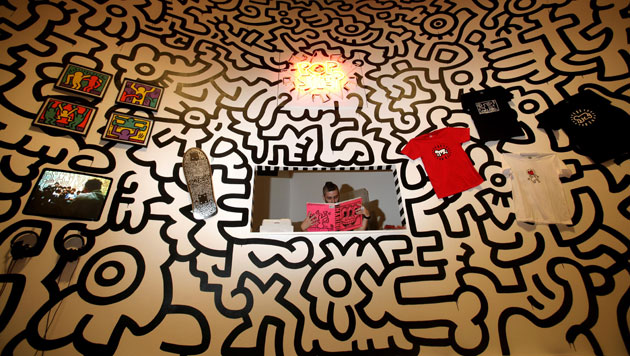
After the 80s excitement of this room we were faced with a choice. Turn right down a corridor lined with 70s porn done by some chick that was apparently famous in the adult industry in the 70s and 80s. Or go through a huge door marked ‘Over 18s only. Extremely explicit imagery.’ Quite a quandary. After walking through the door we were indeed faced with an explicit image. Imagine a woman being fucked by guy with her on top and bent forward slightly. Now imagine her buttocks pulled apart and the guys legs spread and you looking the insertion with your head about a foot away. The result is that you are limited to seeing half a penis in a vagina and a woman’s arsehole. Take a photo and blow it up to a huge size. I’m no prude but a lady’s puckered rectum a foot across is not that attractive. This was the first picture in Jeff Koon’s Made in Heaven room. Apparently he started to take photo’s of an Italian porn star called Cicciolina (whom I sadly had heard of), then photos of him having it away with her. Eventually he married her. Isn’t that romantic? Anyway, the whole room is full of pictures of him cumming on her and her ramming didlos up her orifices. In the middle is a statue of him boning her. I found the whole thing a bit pathetic to be honest. It just seemed like an exhibitionist that has found a way to make tons of cash without labeling it porn. It is the talk of the town but is curiously missing from a lot of reviews. Here’s about the only tasteful picture I feel like including:
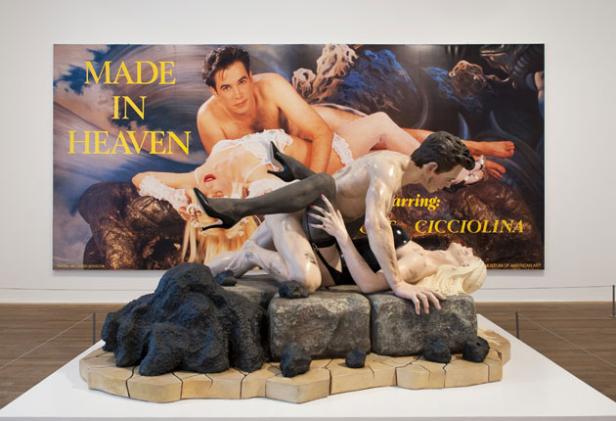
Then back out and down the 70s porn corridor, which by this point actually seemed fairly artistic. Even though it was mostly just pictures from Razzle.
Then you enter the realm of the Brit artists who follow the whole ‘I’m a celebrity artist ethos’. Obviously the prime contenders were Damien Hirst and Tracy Emin. I find Tracey Emin annoying and not in the way she is trying so hard to be. Hirst’s stuff was ok to quite cool. The ok stuff:
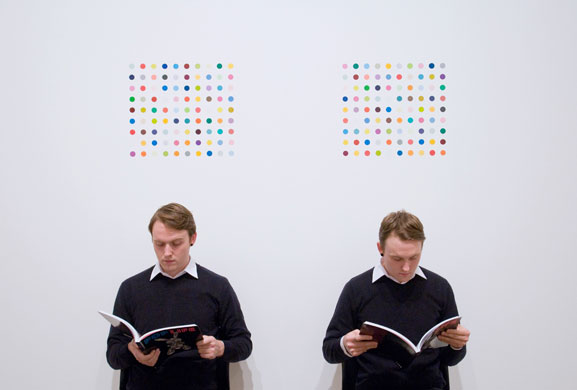
The quite cool stuff:
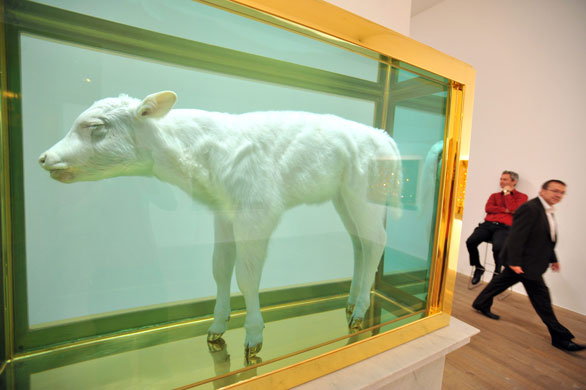
I know it’s a pickled calf with gold shoes but I actually quite liked it.
The next room was by Rob Pruitt and Jack Early. There are a load of really cool Blaxploitation posters featuring people like Martin Luther King and NWA and so on. All with Jackson 5 music playing.
After that there was yet another controversial piece of art as it showed a collection of pictures of Hollywood actors in roles where they played Nazis. There were a lot of people standing around saying things like “in which film was Clint Eastwood a Nazi?” (or Harrison Ford or Richard Buton or Tom Cruise or Ralph Fiennes, etc) The controversy was pretty dumb in my opinion as none of the films were making the Nazis out to be good guys. Maybe I missed the point. As a collage though, I thought it was pretty impressive and mildly thought provoking.
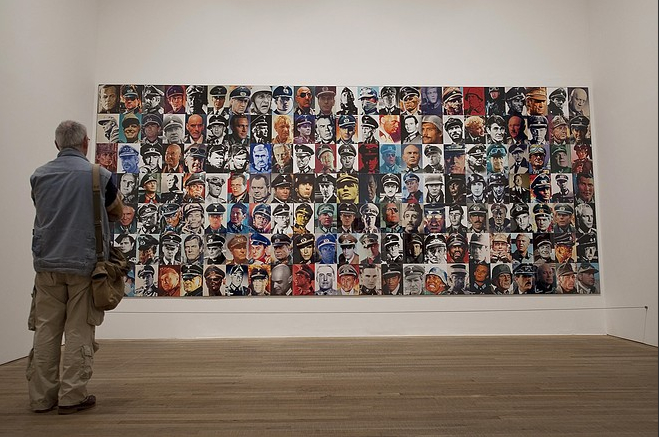
The next couple of rooms were a bit unnecessary and shite in my opinion. One was a video of an artist called Andrea Fraser having really boring sex with an anonymous art collector on a video shot in a hotel room. The other was a stuffed horse with a sign that read INRI – apparently the sign that Pontius Pilate had hanging around his neck when he was killed. Which is just pretentious arty shit. One critic described this as ‘Flogging a dead horse’ which I found mildly amusing.
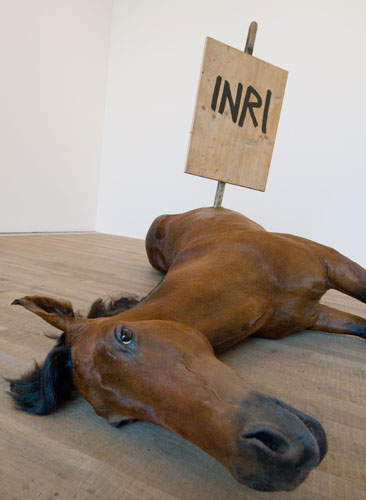
The final room was by Takashi Murakami and was brilliant. One wall was entirely dedicated to a colossal manga chick wandering down the technology and manga heaven of Tokyo’s Akihabara district. It was entitled: Giant Magical Princess! She’s Walking Down the Streets of Akihabara! (2009). In this room you learn all about how Murakami opened the Kaikai Kiki company where he effectively did a Japanese version of Warhol’s Factory. He churned out small manga toys which could be collected with gum in Japanese shops and did photography and videos of Japanese cosplay. Kaikai Kiki did something similar to Warhol in that it took in loads of aspiring artists and under Murakami’s supervision churned out art as business. There is even a music video featuring Kirsten Dunst as a hot manga vixen walking down the streets of Akihabara (like the mural) accompanied to a revamped version of The Vapours’ “Turning Japanese”. Loud and on a huge plasma tv. I loved this room. It was a great ‘cap’ to the earlier Warhol stuff and encapsulated what the whole exhibition was about.
This was a superb exhibition and I’m really glad I went. I came away with a greater admiration for Warhol and Murakami and a lot of the artists in between. Sure there were a lot of things I didn’t like or thought that the artists were just going for shock value, but as an exhibition charting ‘Pop Life’ and the mix of consumerism and money for art, it was fascinating. There was a lot more than I have mentioned but I though some of the highs and lows would suffice. A lot of thought had been put into this and overall the experience was a highly enjoyable one. Sadly it has finished now but if it goes on tour it is well worth checking out.
Next time I’ll try and review art before the exhibition shuts. Apologies.
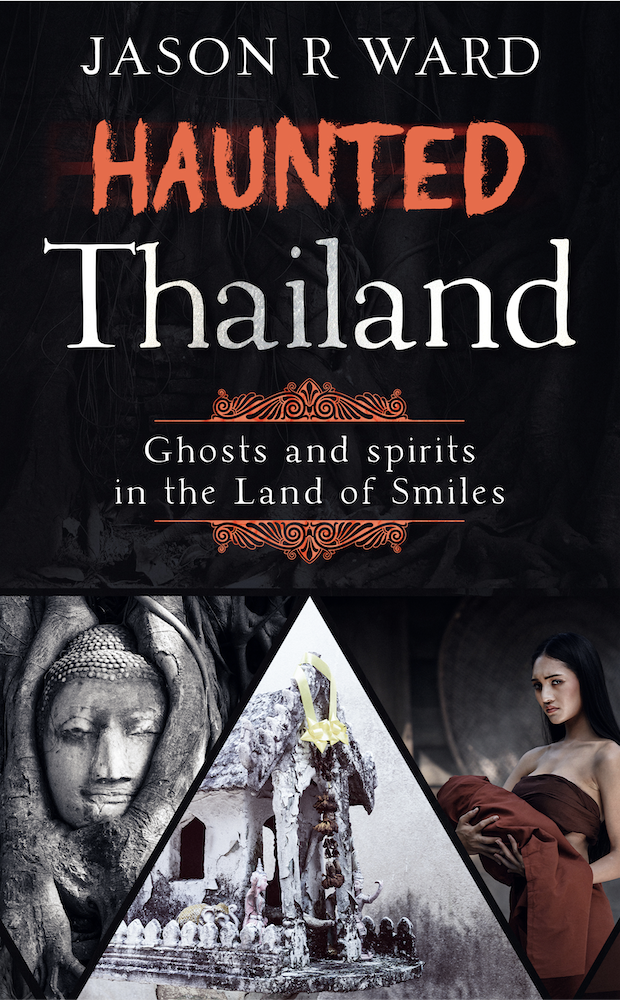
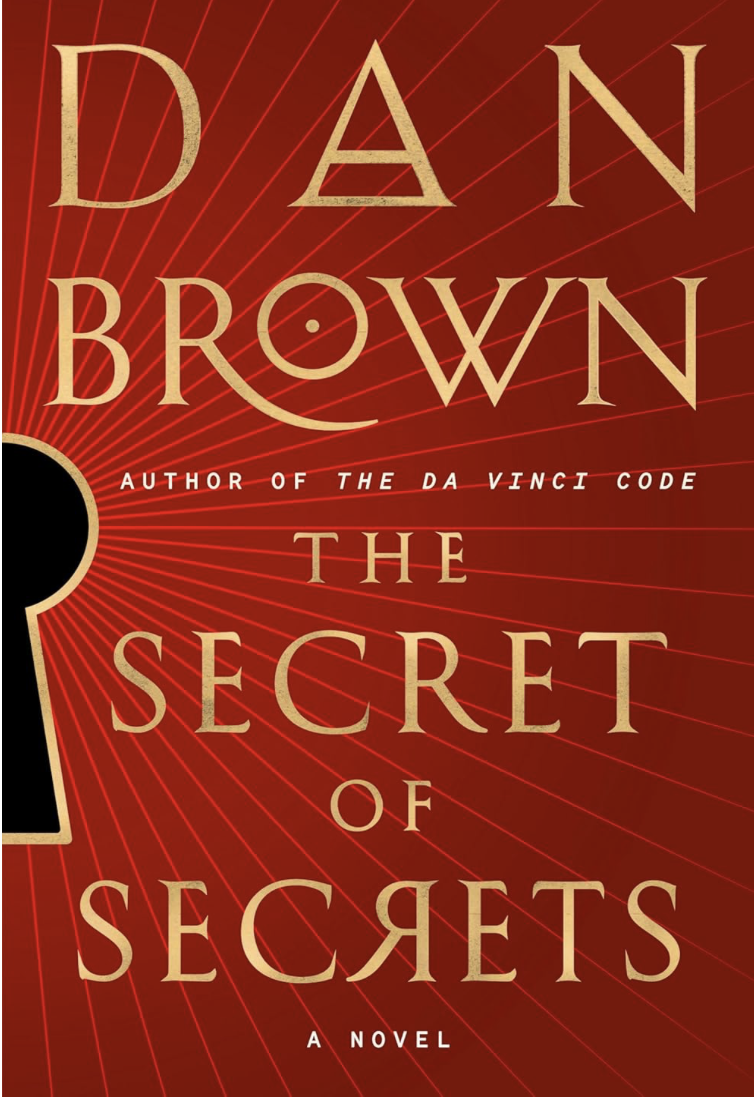
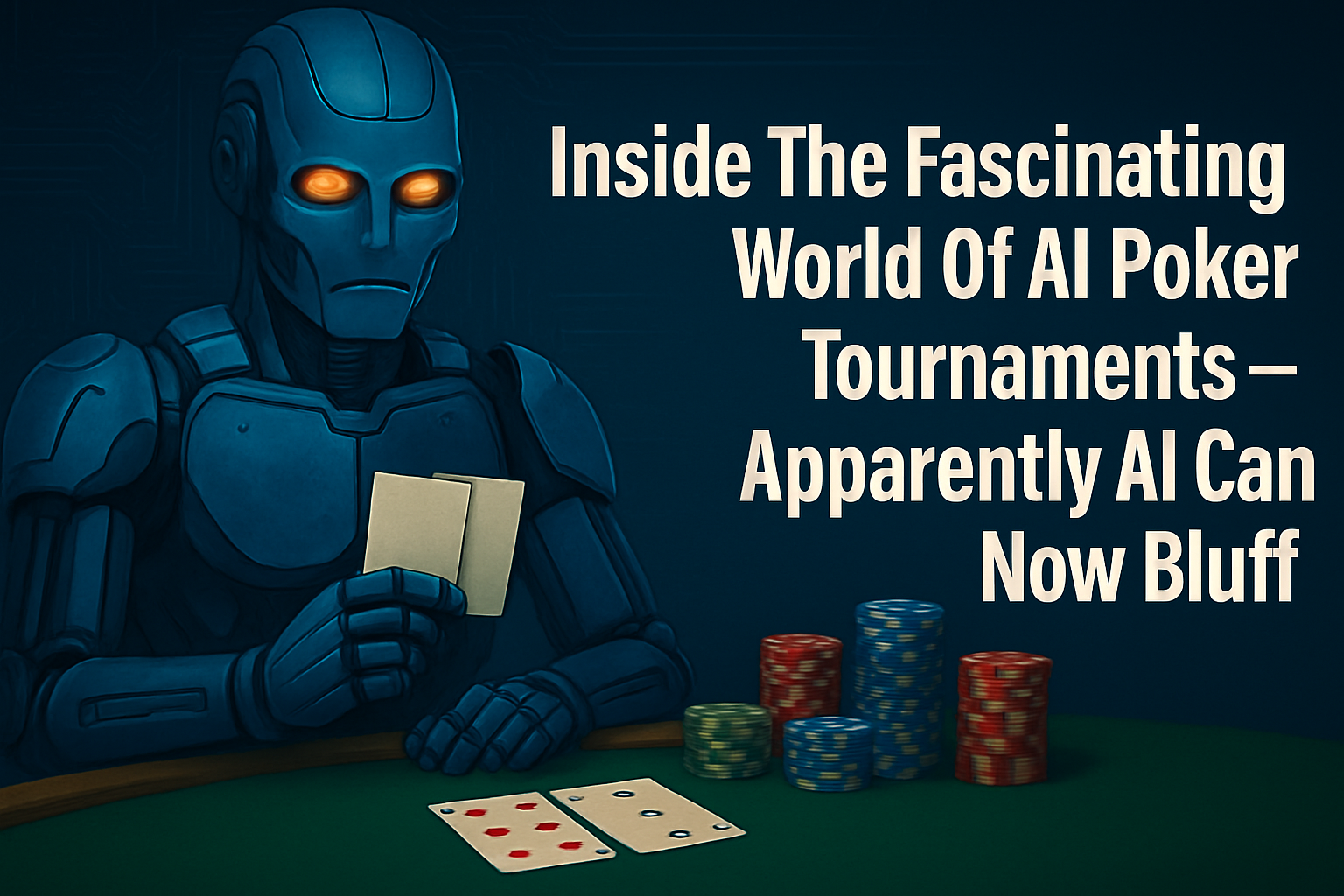
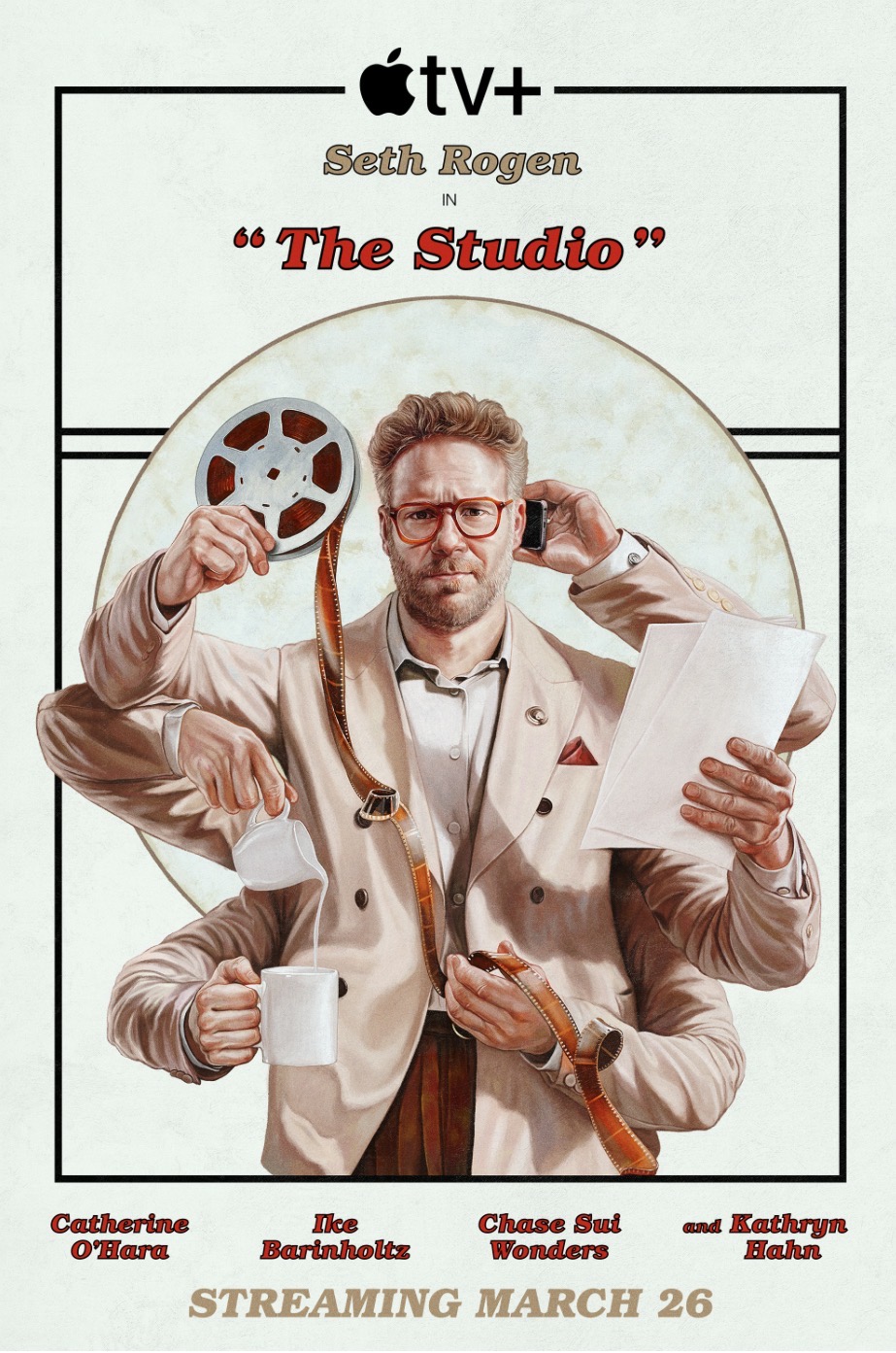
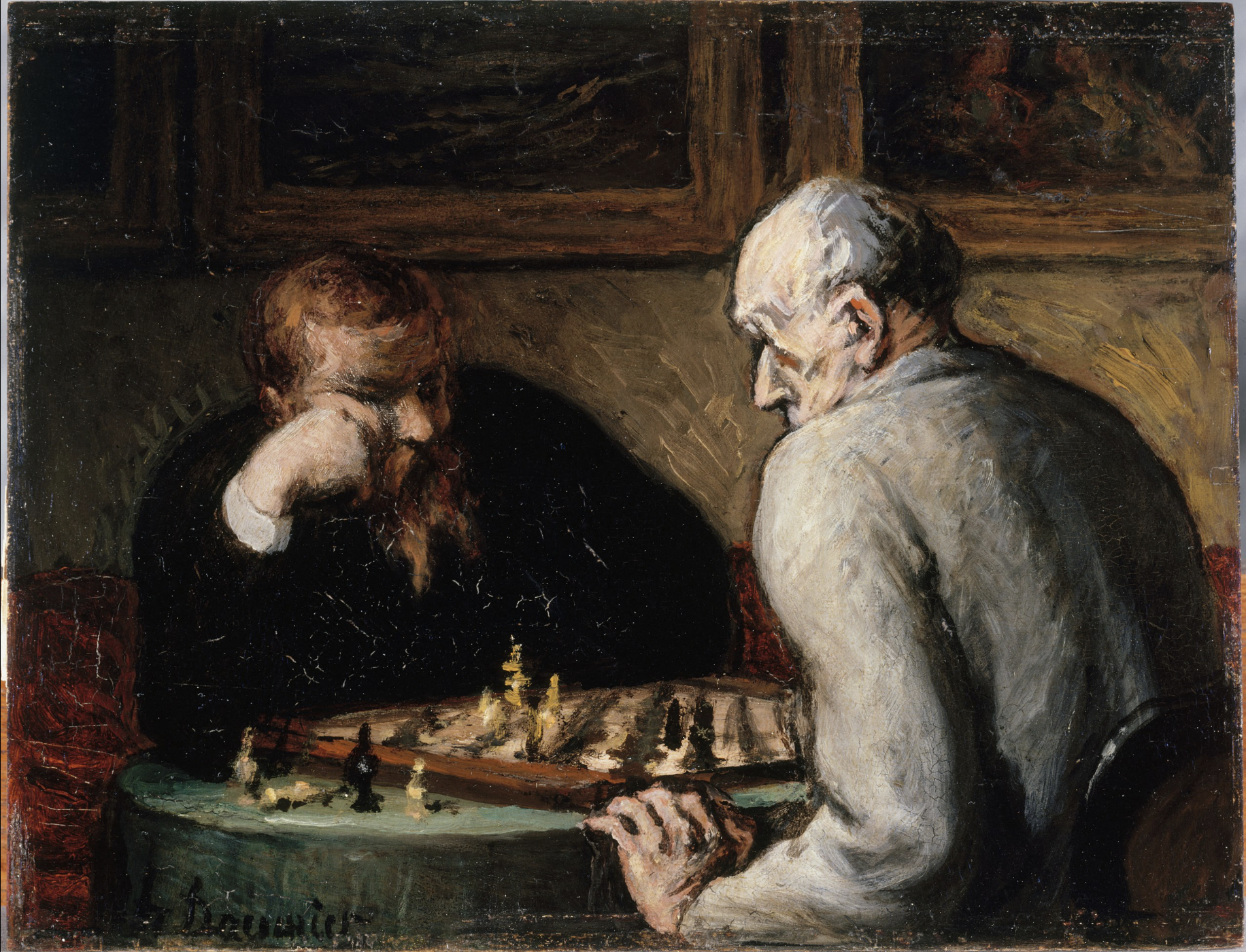

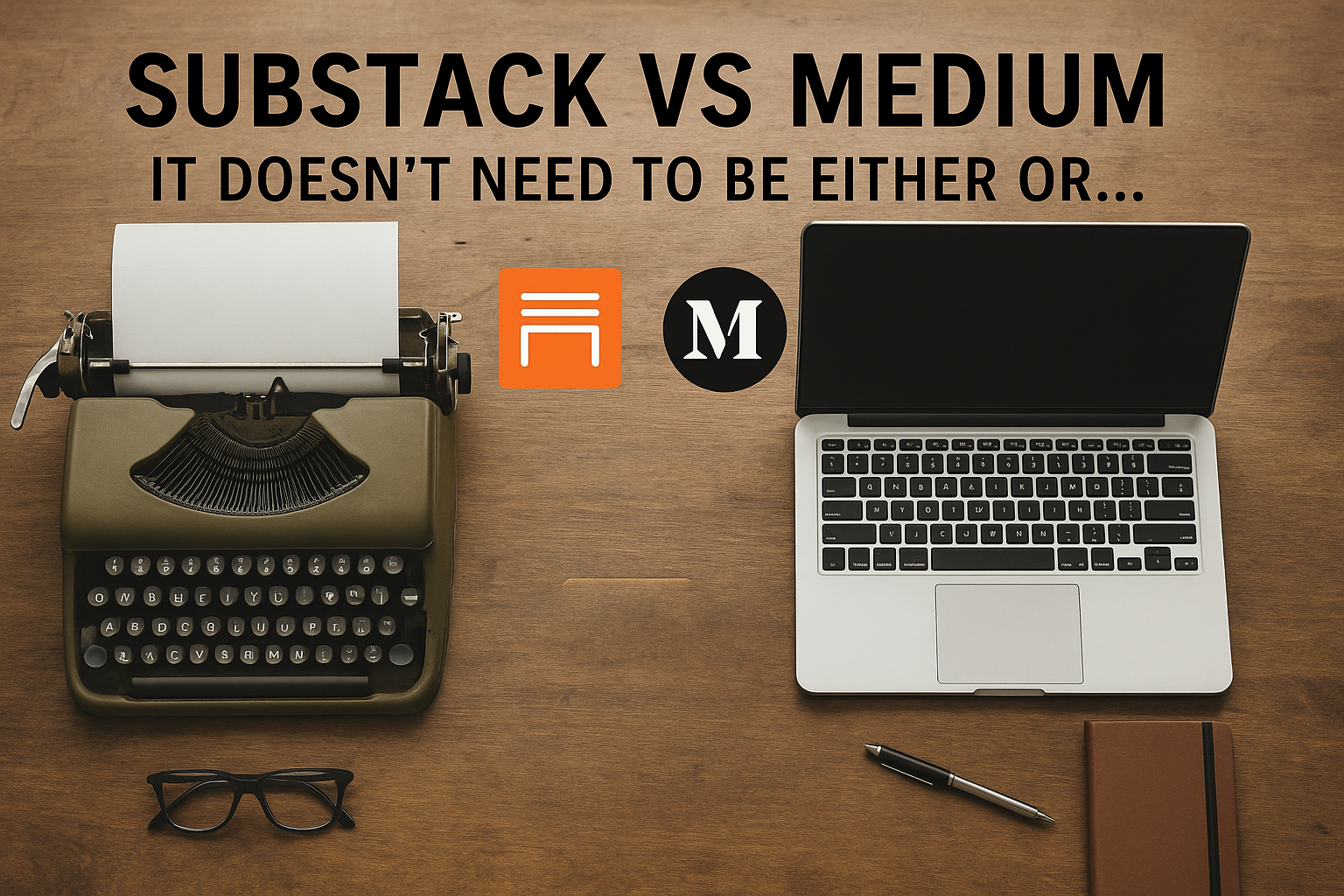
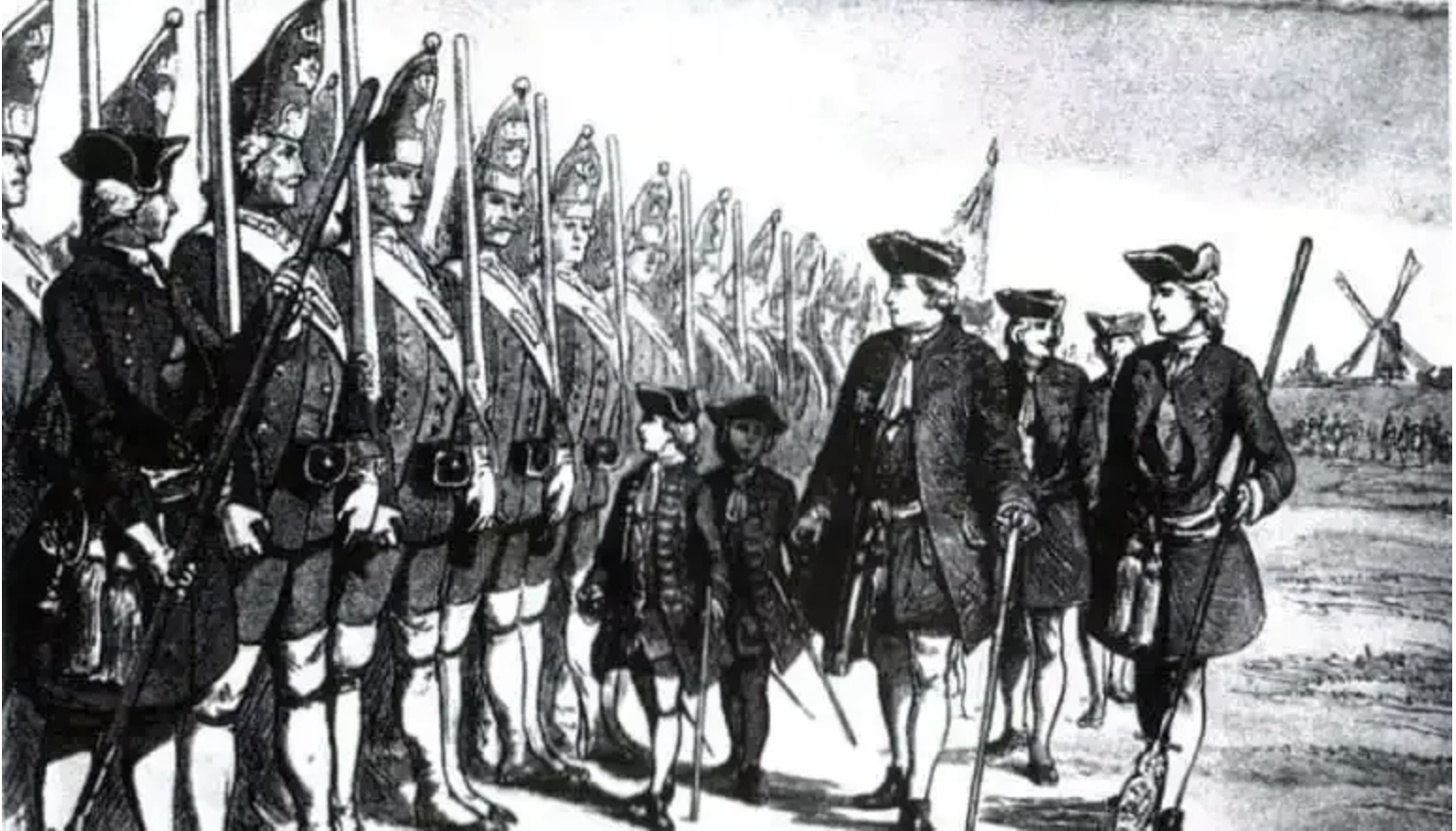
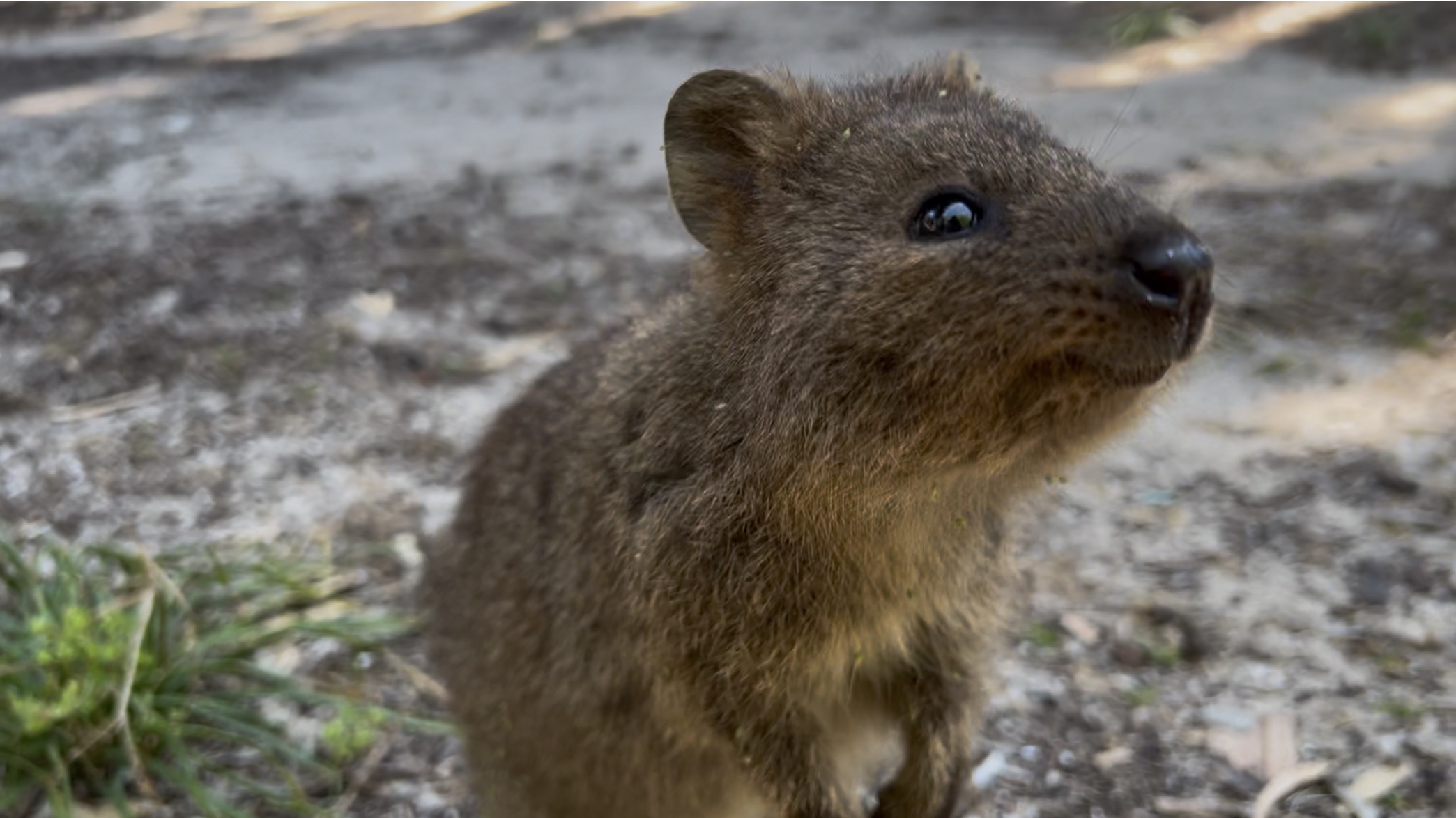
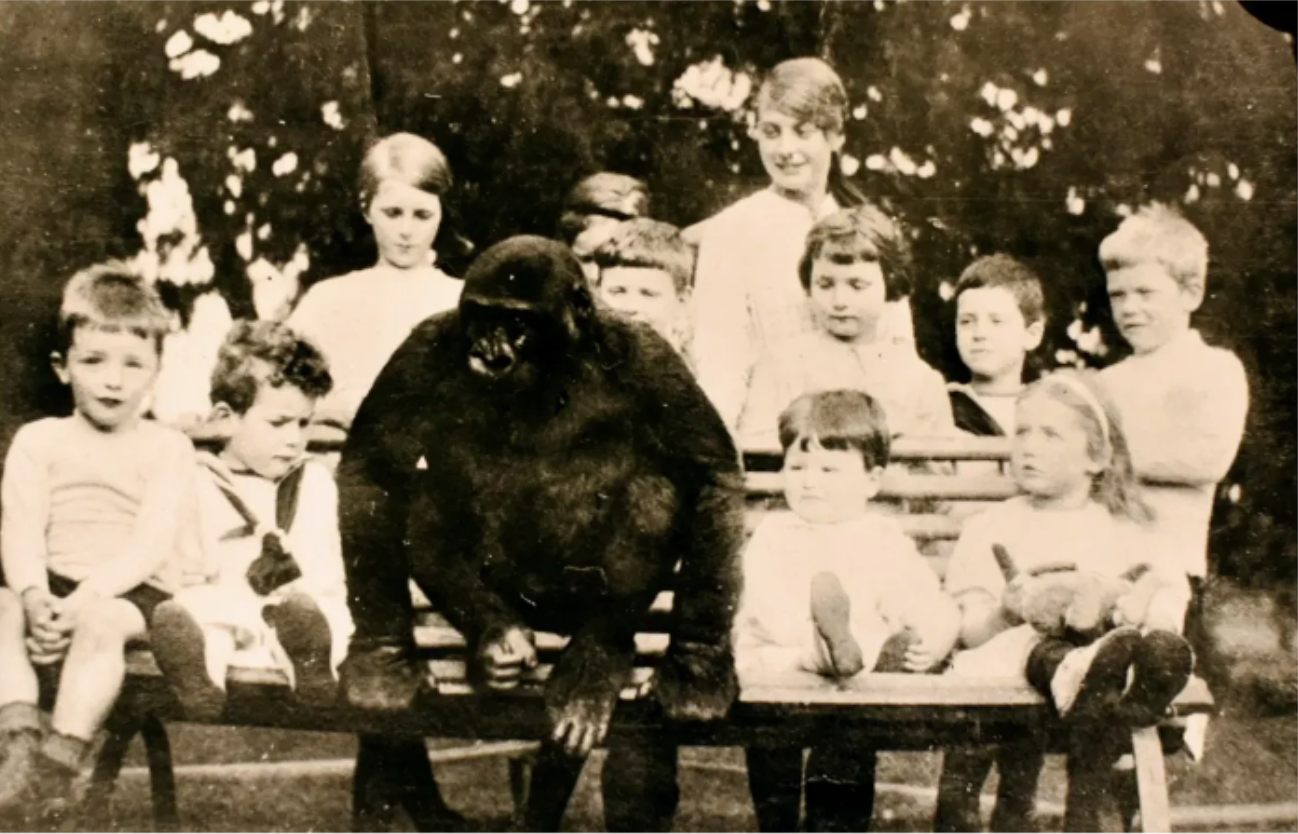


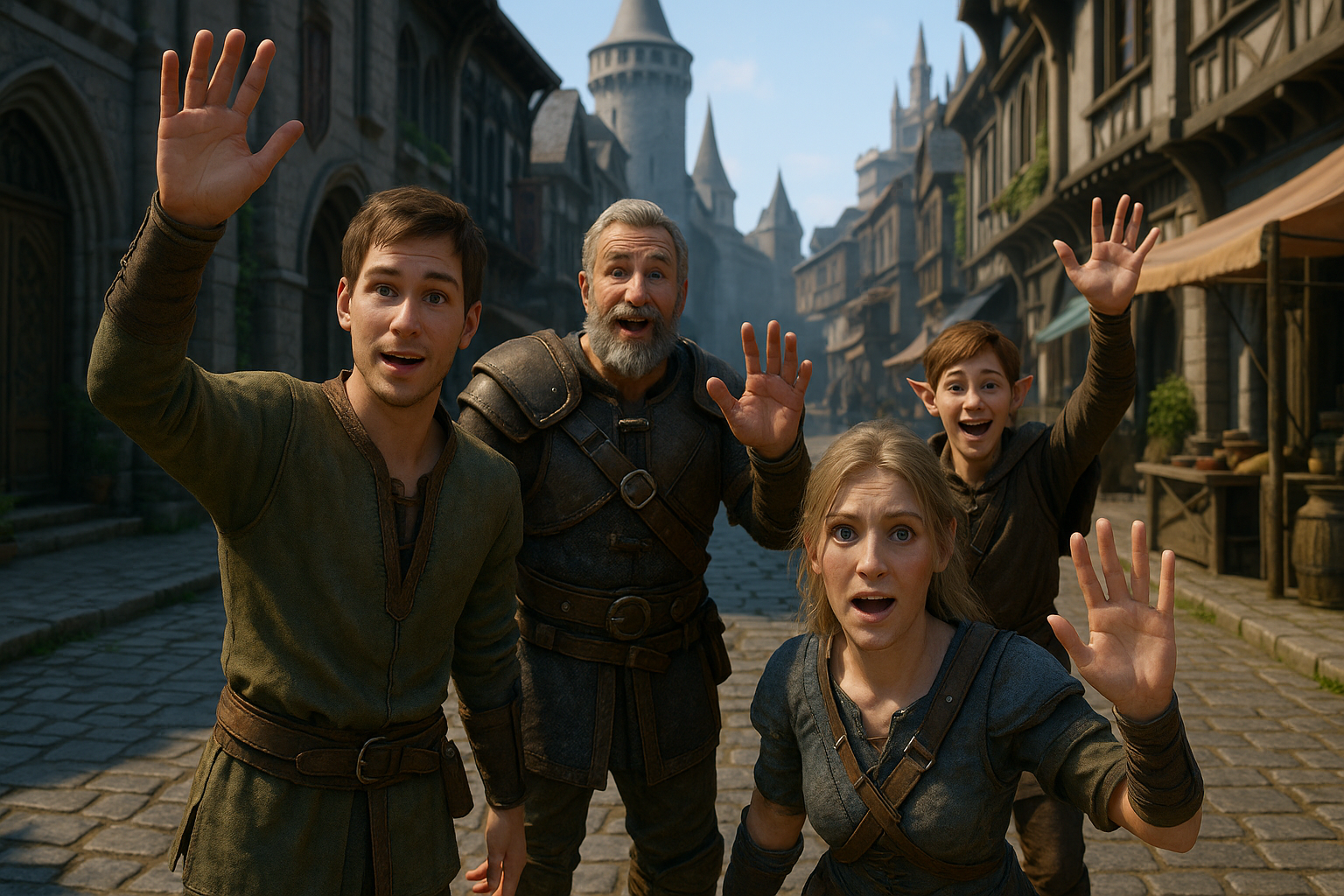
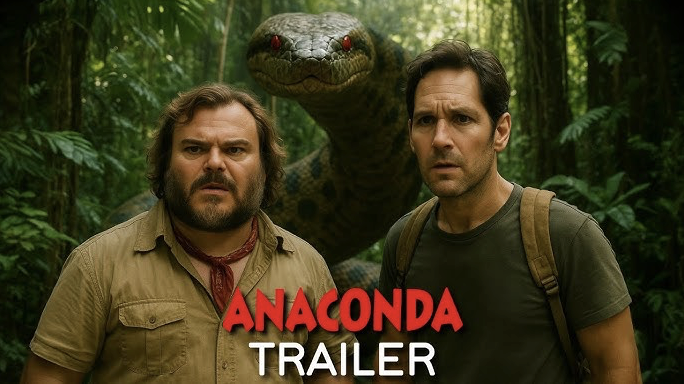
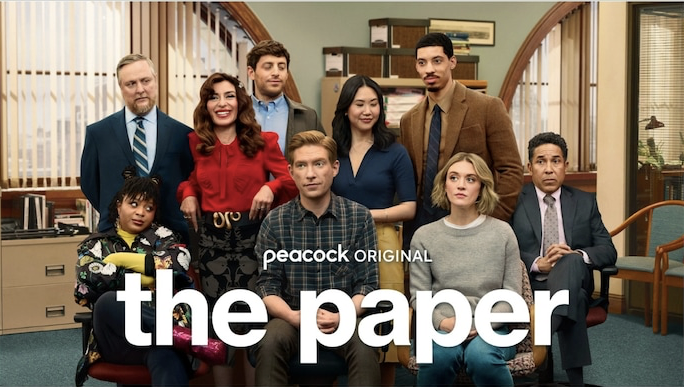
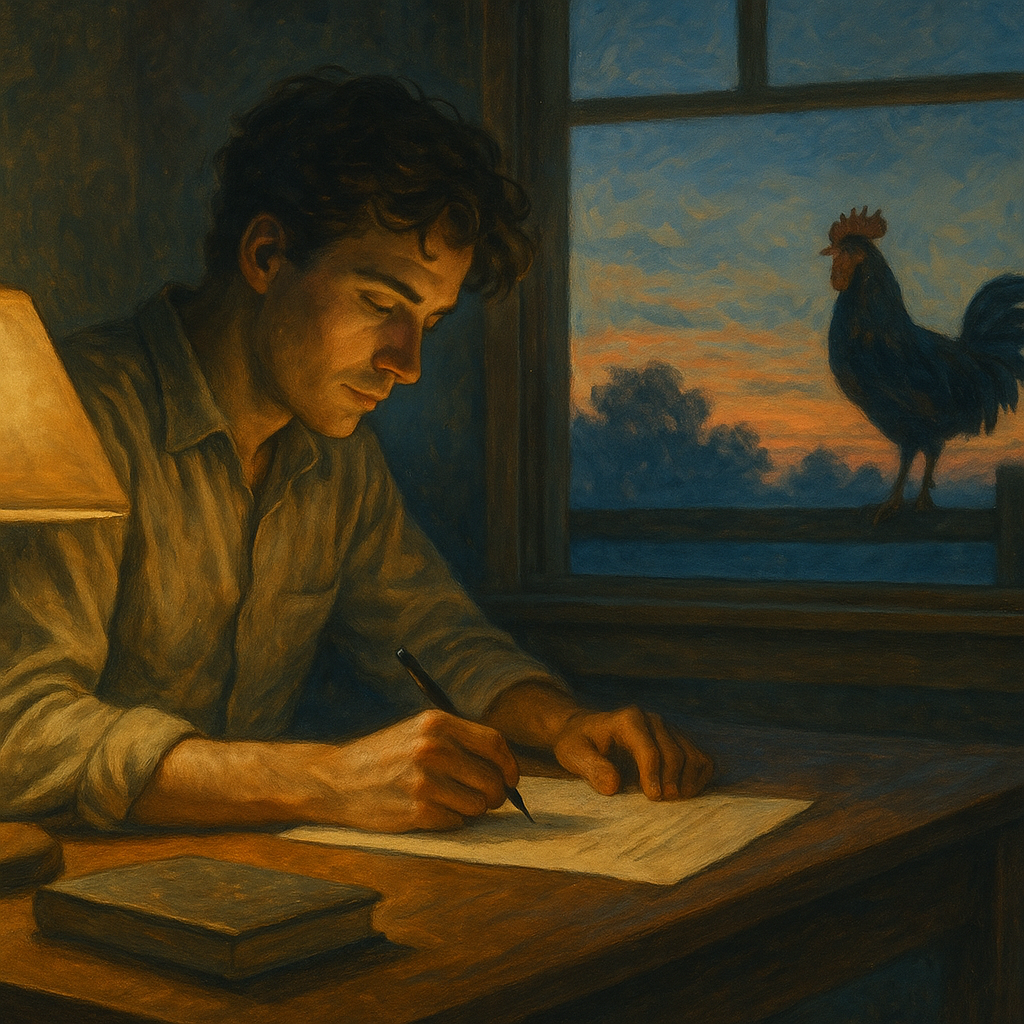

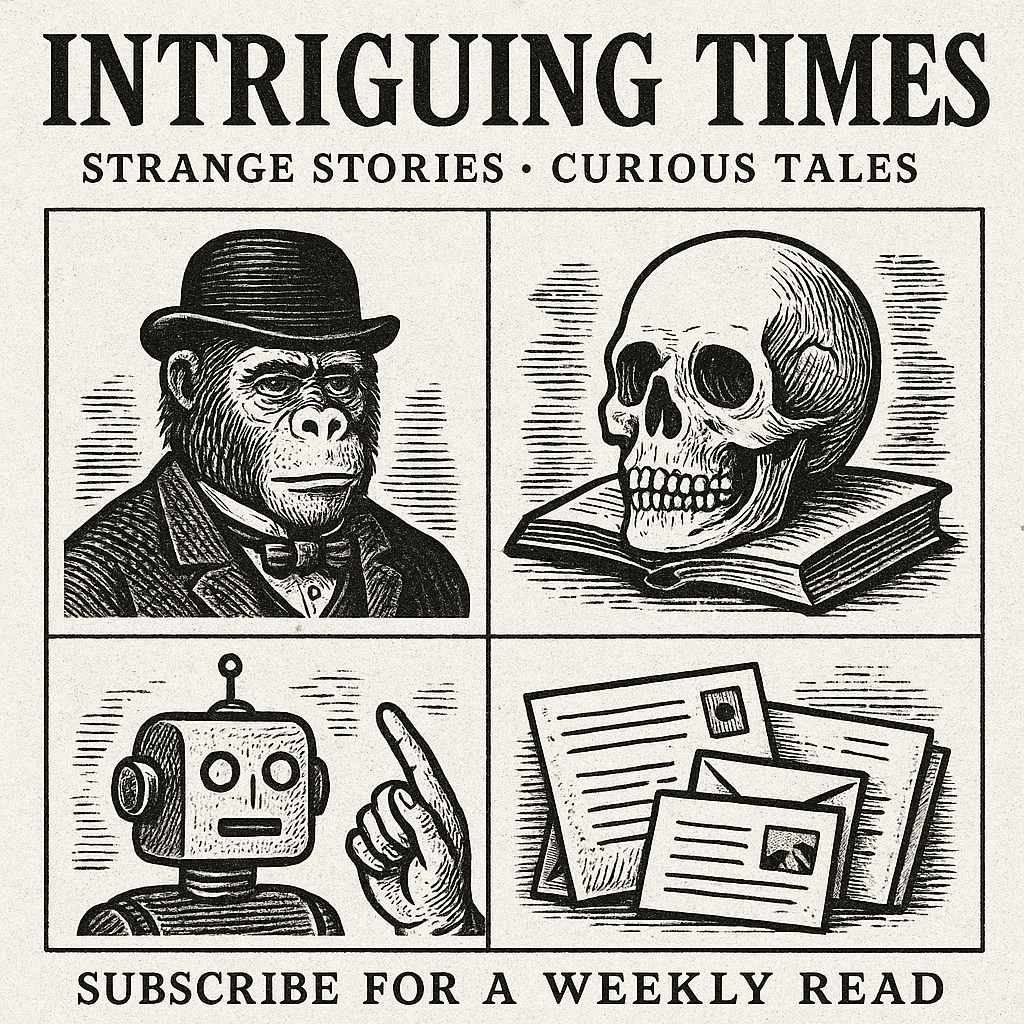

One thought on “Pop Life: Art in a Material World at Tate Modern”